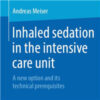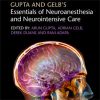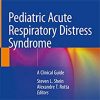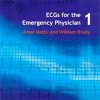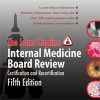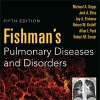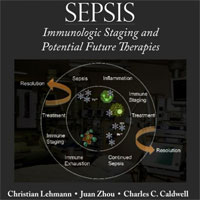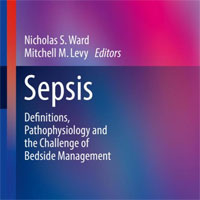Fully Automated, Real-time, Calibration-free, Continuous Noninvasive Estimation of Intracranial Pressure in Children
ncbi.nlm.nih.govThis nICP estimation algorithm, based on arterial blood pressure (ABP) and bedside transcranial Doppler (TCD) cerebral blood flow velocity (CBFV) waveform measurements, performs in a manner comparable to invasive intracranial pressure (ICP) monitoring.
These findings open the possibility for rational, point-of-care treatment decisions in pediatric patients with suspected raised ICP undergoing intensive care.
Invasive ICP and ABP recordings were collected from 12 pediatric and young adult patients (aged 2-25 years) undergoing such monitoring as part of routine clinical care.
Additionally, simultaneous TCD ultrasonography-based middle cerebral artery (MCA) CBFV waveform measurements were performed at the bedside in dedicated data collection sessions.
Greater than 80% of all nICP estimates fell within ± 7 mm Hg of the reference measurement.
Overall performance in the nonoverlapping data window approach gave a mean error (bias) of 1.0 mm Hg, standard deviation of the error (precision) of 5.1 mm Hg, and root-mean-square error of 5.2 mm Hg.


